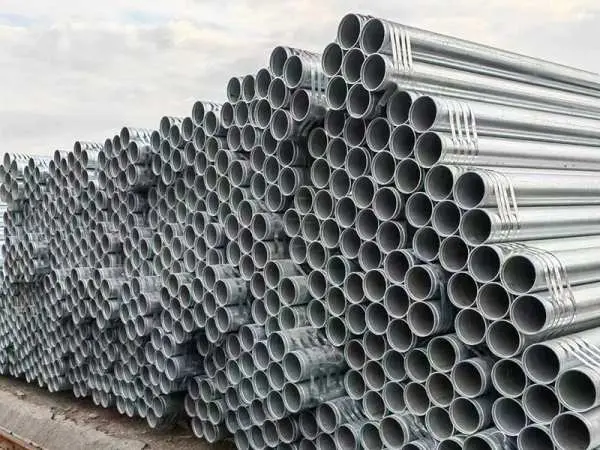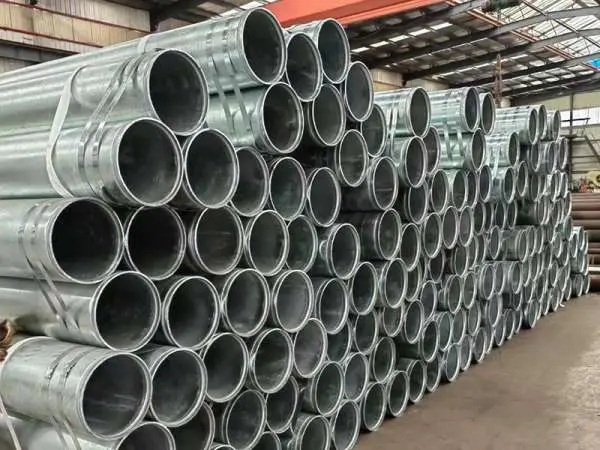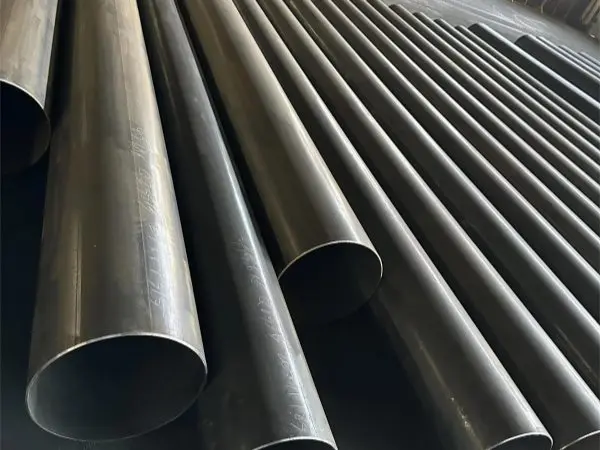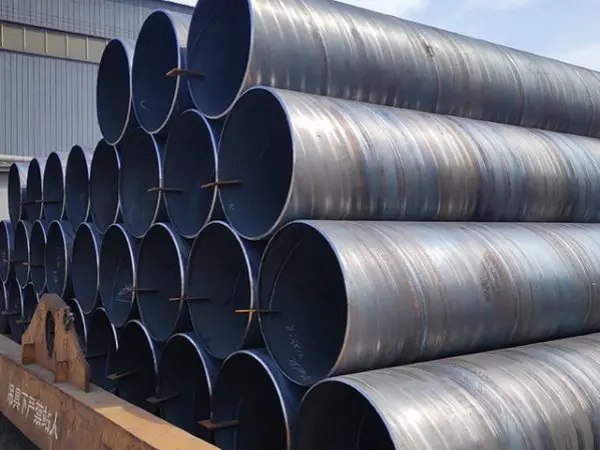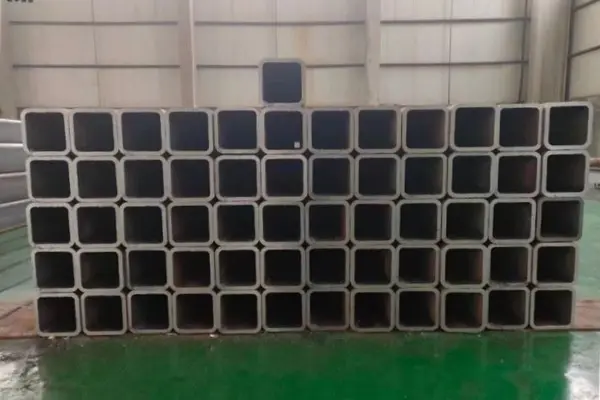- Phone0086 731 8564 8255
- E-mailsales@cscsteel-manufacturing.com
-

Seamless carbon steel pipes play a crucial role in various industries, including energy, construction, and transportation, thanks to their strength, durability, and versatility. However, to ensure maximum performance and safety, these pipes must meet strict quality standards. This article explores the essential quality requirements for seamless carbon steel pipes, focusing on the factors influencing their quality and the testing methods used to ensure compliance.
Chemical Composition
The chemical composition of seamless carbon steel pipes is one of the most critical quality factors, as it directly affects their mechanical properties, corrosion resistance, and overall performance. The primary elements that determine the quality of carbon steel pipes include carbon, manganese, sulfur, phosphorus, silicon, and trace elements.
Carbon Content: The carbon content in these pipes determines their hardness, strength, and heat treatment capabilities. Higher carbon content generally increases strength but may also make the pipe more brittle.
Manganese: Manganese improves the strength and toughness of the pipe while assisting in the deoxidation process during production. It also helps prevent harmful impurities from forming.
Sulfur and Phosphorus: These are considered impurities and must be kept at low levels to avoid reducing the pipe's strength and overall quality.
Silicon: Silicon enhances oxidation and scaling resistance at high temperatures and contributes to the pipe's strength, ensuring it retains its shape during manufacturing.
Testing Methods: Chemical composition is typically analyzed using spectroscopic techniques such as energy-dispersive X-ray spectroscopy (EDX) and optical emission spectroscopy (OES). These methods ensure the steel's composition meets the required specifications.
Mechanical Properties
Seamless carbon steel pipes must withstand various mechanical stresses during their operational life. Their mechanical properties are vital to ensuring reliability and safety in demanding applications.
Tensile Strength: This measures the maximum load the pipe can handle before breaking, a key indicator of its ability to withstand pressure and mechanical forces.
Yield Strength: Yield strength determines the stress at which the pipe begins to deform permanently. This is essential for identifying the point at which the pipe will warp under load.
Elongation and Reduction of Area: These properties indicate the pipe's ability to deform before fracturing. Higher values suggest better ductility and strength.
Hardness: Hardness measures the pipe’s resistance to indentation or abrasion, which is especially important in harsh environments.
Impact Toughness: This property measures the pipe’s ability to absorb energy from sudden impacts without fracturing, ensuring durability under unexpected external forces.
Testing Methods: Mechanical properties are assessed through tensile, compression, and impact tests. Common standards for these tests include ASTM A370 and ISO 6892 for tensile testing, and ASTM E23 for impact testing.
Dimensional Accuracy
Precision in the dimensions of seamless carbon steel pipes is essential, especially in applications requiring exact fitting and positioning. Deviations in dimensions can lead to leaks, reduced efficiency, and potential structural failures.
Outer Diameter: The outer diameter must remain consistent along the length of the pipe to ensure proper fitting with other components.
Wall Thickness: Wall thickness impacts the pipe’s ability to withstand internal pressure. Variations can compromise the pipe’s integrity under high pressure.
Straightness: Pipes should have minimal deviations from straightness, as excessive curvature can cause installation issues and stress concentrations.
Length: Pipes should be produced within specified length tolerances to facilitate connection and installation.
Testing Methods: Dimensional accuracy is verified using tools like calipers, micrometers, and laser measurement systems. Measurements are taken at various points to ensure the pipes meet industry tolerances.
Surface Quality
Surface quality is essential for seamless carbon steel pipes to prevent corrosion, ensure proper sealing, and maintain smooth fluid flow.
Finish: The pipe’s surface should be free from defects like cracks, pits, and scratches. A smooth surface reduces the risk of corrosion and is easier to clean.
Oxide Scale: During manufacturing, pipes may develop oxide scales due to exposure to high temperatures. These must be removed to prevent corrosion and ensure proper adhesion of coatings.
Cleanliness: Pipes should be free of contaminants like oil, grease, dirt, and rust, as these can affect performance and lead to early failure.
Testing Methods: Surface quality is assessed using visual inspections, magnification tools, and surface profilometers. These methods help identify surface defects and irregularities.
In conclusion, seamless carbon steel pipes must meet stringent quality standards to ensure their performance and safety in various applications. By adhering to strict requirements for chemical composition, mechanical properties, dimensional accuracy, and surface quality, manufacturers can ensure that these pipes are suitable for demanding industrial environments.
